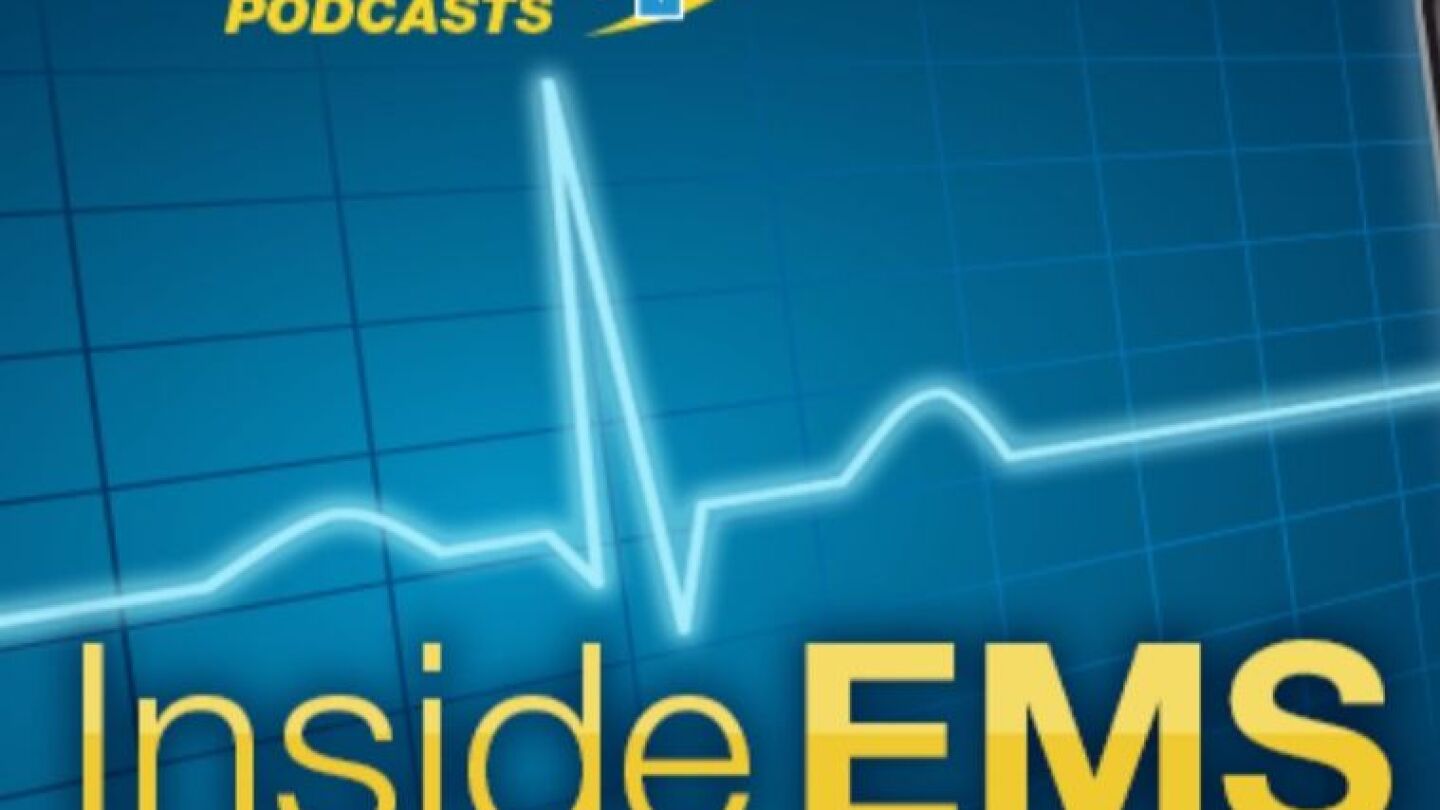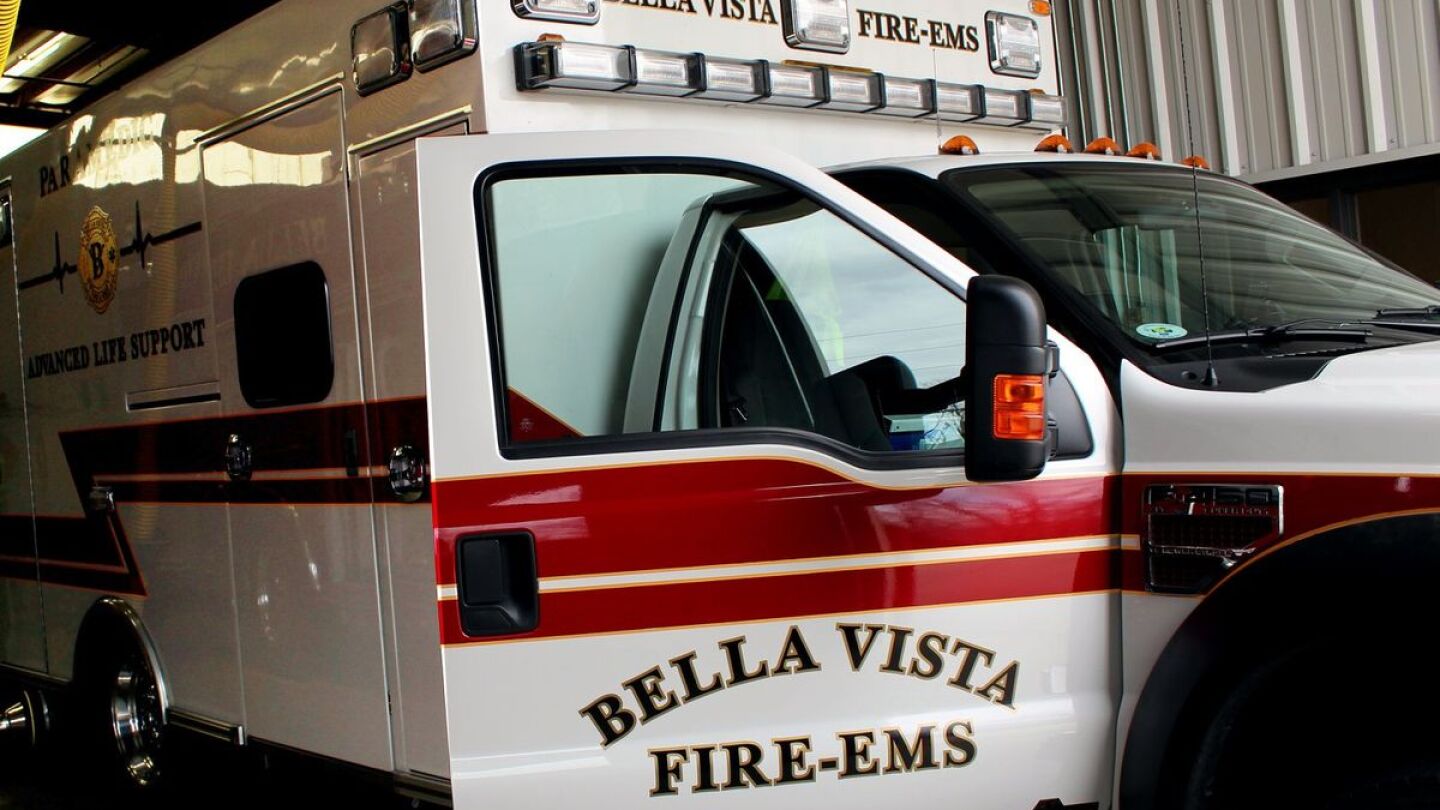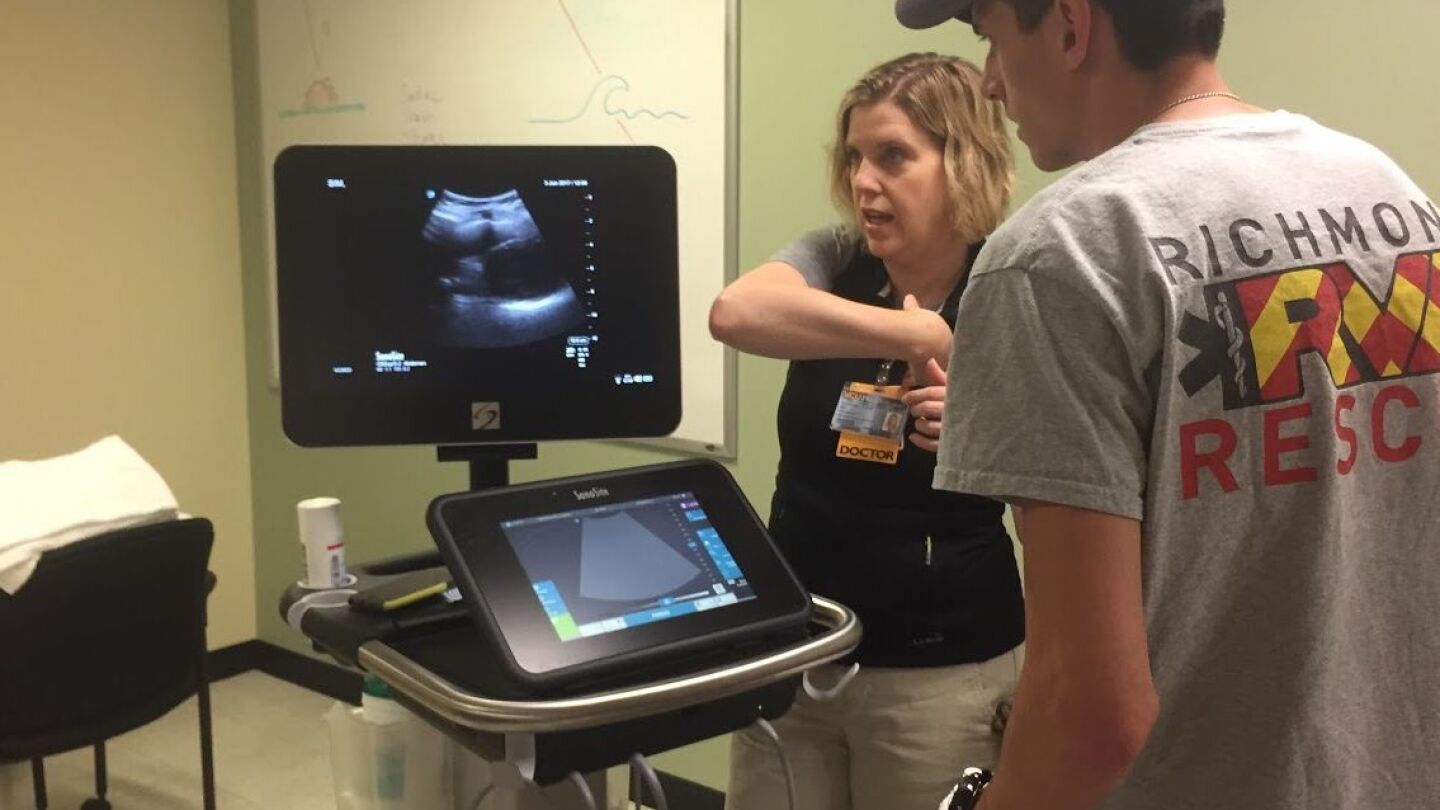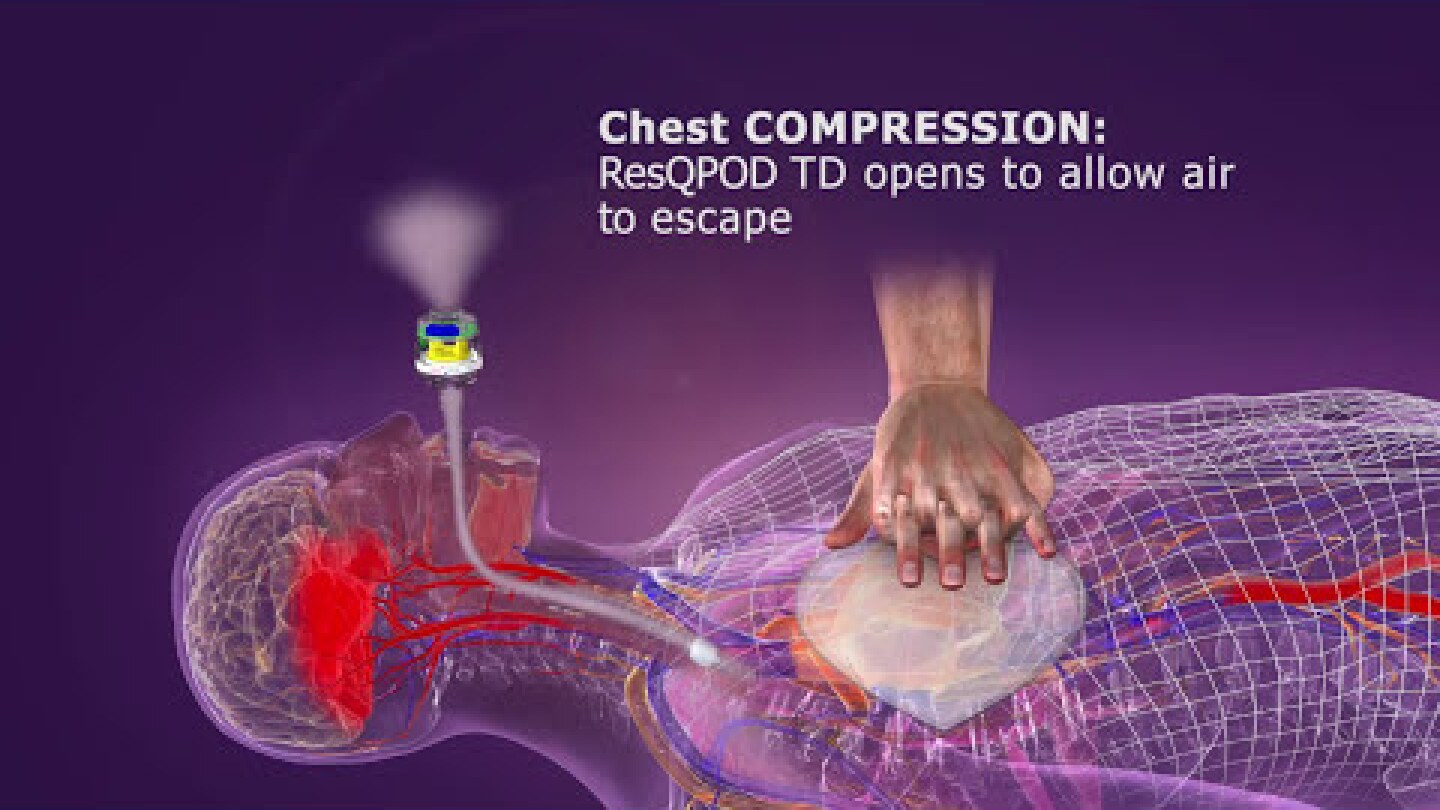Medical Monitoring
The Medical Monitoring topic contains news and information about medical monitoring, outlines the current trends and what the future may hold for EMS providers.
Diabetic ketoacidosis calls are rising — are your skills ready for the spike?
Understand how continuous waveform capnography and ETCO2 monitoring during CPR can improve cardiac arrest outcomes
The device is implanted under the skin and automatically releases naloxone when it detects a drop in blood-oxygen level
In this episode, our co-hosts discuss the different types of strokes providers will encounter, how to treat each, and stroke patient transport procedures
A demonstration showed real-time interactions between an EMS provider and a doctor two miles apart using 5G and VR technologies
Our co-hosts reflect on a recent emergency call to a Buffalo Wild Wings where a cleaning agent inhalant injured nine and killed one employee
Dr. Eric Topol, a world-renowned cardiologist, considers the stethoscope obsolete, nothing more than a pair of “rubber tubes”
A closed-loop, full-spectrum and comprehensive health information exchange validates the difference EMS makes for patient outcomes
Distinguishing between COPD and comorbidities, and scaling treatment and pharmacology to disease progression
The Bella Vista Fire and EMS Department among first in the nation to launch cerebral oximetry machines in two of its ambulances
We’ve all heard about getting ‘back to the basic,’ but sometimes paramedics need to make sure they get back to the advanced, as well
EMS providers will get 90 modems and data plans for units to transmit electrocardiograms from the field
A portable ultrasound machine enabled eFAST exam can identify free fluid, a pneumothorax or signs of dissection from the back of an ambulance
Learn about the regulations and equipment needed to treat diabetic emergencies, syncope and cardiac emergencies in flight
Titrating naloxone through an intranasal dose through a nebulizer and monitoring with capnography can reduce the risks of opioid withdrawal symptoms to the patient and EMS provider
Dr. Dan Spaite shares how to avoid the potential pitfalls in positive-pressure ventilation, hyperventilation and over-ventilation
The flipped classroom is an inquiry-based learning strategy designed to improve student engagement, discovery and outcomes
Examining the hardware and software requirements, and where P-POCUS fits into the EMS scope of practice
A study of over 5,000 intubations demonstrates the value of continuous quality improvement
New research questions whether pharmacotherapy in cardiac arrest is effective at ROSC and long-term survival
Erratic glucose levels can indicate a number of more serious conditions that should be considered before releasing a patient
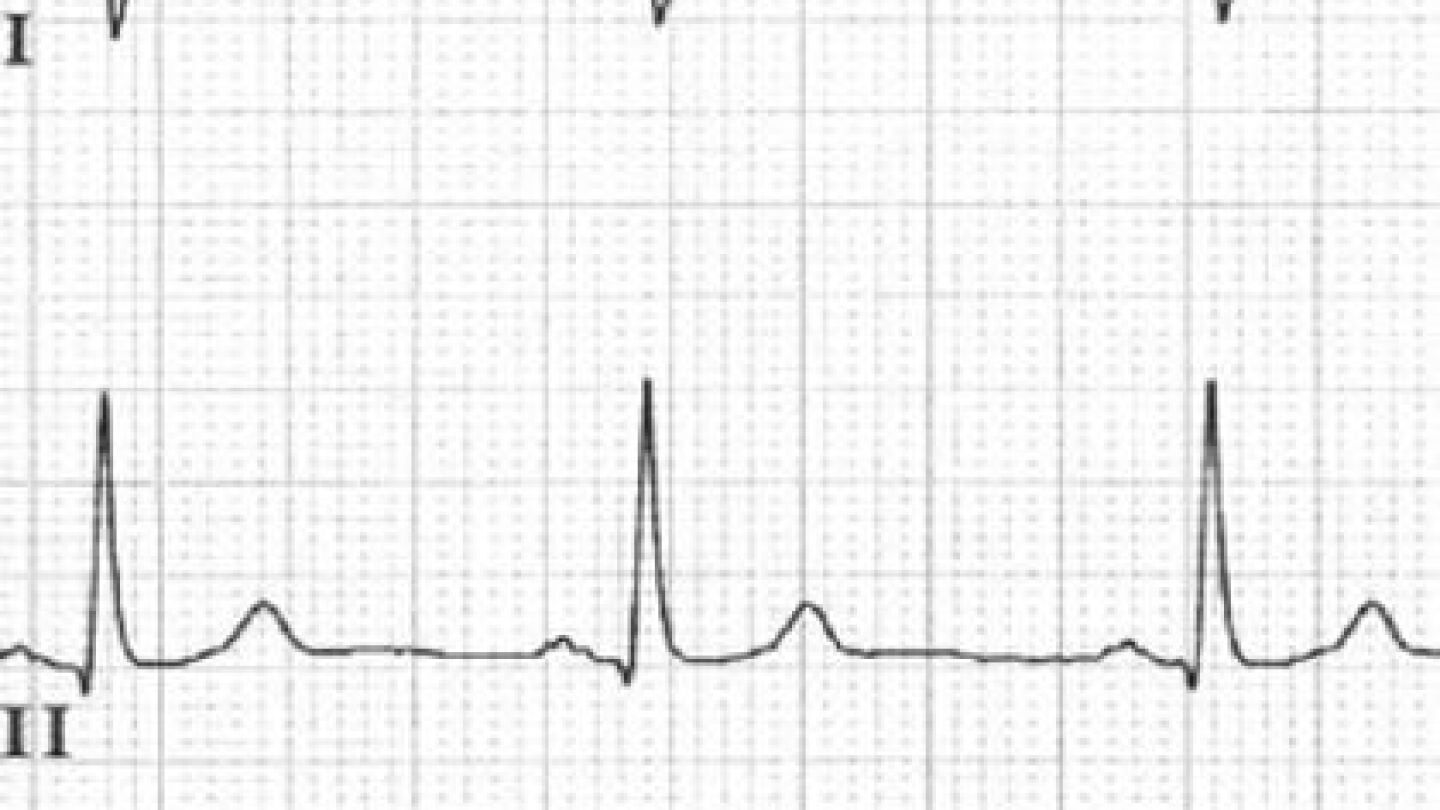
Moving beyond the ‘standard’ 12-lead ECG
There’s more to a diagnostic ECG than just 12-leads, and there’s more to a 12-lead than just ST-Elevation
The American Heart Association announced the first change to the standards in 14 years, tightening the guidelines to include millions more American adults
Learn more about high-quality, high-performance CPR
GlideScope Go is designed to provide clear airway views in a wide variety of settings
I soon discovered that although learning about 12-leads wasn’t hard, doing them prehospitally could be
Checking blood sugar levels in the field has become routine
Here are the EKG Club’s recommended steps for interpreting cardiac rhythms and 12-lead EKGs
An unconscious patient, with absent or ineffective breathing, may be in sudden cardiac arrest or have overdosed on an opioid; here’s how to assess and treat the patient






